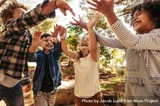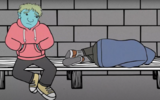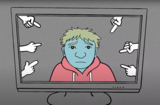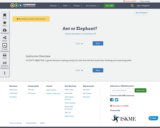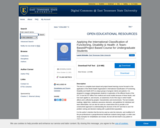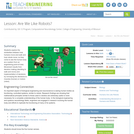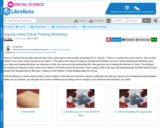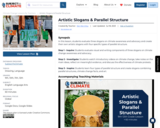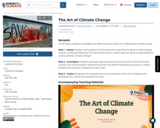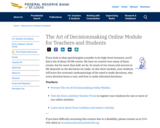Short Description:
Every applied ethics course requires some brief introduction, survey, or primer on ethical theory and moral decision-making. At the same time, spending too much time on argumentation and normative ethical theory can take precious course time away from the applied issues that are the focus of the course. This Applied Ethics Primer offers a concise introduction to both basic argumentation and normative ethical theory. The concepts discussed reflect the ethical theories that currently ground most professional ethics codes and debates in applied ethics. Somewhat more inclusive than many similar resources, this primer offers students a taste of the truly global history of ethics, while still being squarely focussed on providing practical tools for ethical decision-making. It is appropriate for any introductory applied ethics course.
Long Description:
Every applied ethics course requires some brief introduction to ethical theory and philosophical reasoning. Without this, applied ethics courses risk merely teaching students how to rationalize their prejudices and preferences rather than teaching them how to critically assess and engage in ethical decision-making. At the same time, spending too much time on normative ethical theory can take precious course time away from the applied issues that are the focus of the course.
The Applied Ethics Primer offers a concise intoduction to both basic argumentation and normative ethics that can be integrated into any applied ethics course. The primer provides the basic conceptual tools needed to analyze ethical positions, identify ethical problems, and assess arguments, all without assuming any prior knowledge of ethics or argumentation theory. The concepts discussed reflect the normative concepts that ground most professional ethics codes and debates in applied ethics. At the same time, the content is global, drawing on ethical theories and practices from Asia, Africa, Europe, and Indigenous traditions of North America, as well as feminist theory.
Part I introduces the ethical question—what should I do?—and how to address it. The first chapter alerts readers to the role of emotions in moral responses and the importance of reflection. This grounds a brief discussion of disagreement that leads to the second chapter on reason and argument. Here we introduce argument analysis and offer advice on how to engage in productive debates and the importance of public reasons.
Part II constitutes the main body of the primer—the ethical lenses. The first chapter focuses on consequences, presenting both the ideas of Mozi and act and rule utilitarianism. We then turn to a focus on action, with a discussion of duties based on social role, past action, and reason alone, which draw from a passage in the Bhagavad Gita, the work of W.D. Ross, and Kantian deontology, respectively. The chapter that focuses on character (and virtue) addresses both Aristotle’s eudaimonism and Buddhist ethics, particularly emphasizing the root poisons and the eightfold path. The last main chapter in this part addresses ethical approaches that focus on relations, looking at feminist ideas about personal and political relationships (with a nod to Kongfuzi), before turning to African communal ethics, captured by the concept of ubuntu, and the all my relations and seven generations teachings from the philosophies of the first nations of what settlers call North America. The part on ethical lenses is followed by a brief part that addresses a couple of important ethical ideas that cannot be captured by any given lens. Here we introduce the concept of ahimsa (or non-violence), which reflects all of the lenses equally, and the concept of rights that cannot adequately be captured by any of them.
The final part addresses self-regarding attitudes, such as rational self-interest—which is shown to ground social contract theory—as well as biases like exceptionalism and moral licensing. We end this section with a discussion of helpful heuristics and conclude the primer with an emphasis on the importance of careful reflection and argumentation for ethical decision-making.
The primer has several pedagogical tools, including a set of recommended readings at the end of the chapters that address substantive ethical theories, a set of “Stop and think” reflective excercises throughout the primer, and brief self-quizzes at the end of each chapter. The appendix includes a set of tips for reading philosophy and a critical thinking worksheet. There is also a glossary for key terms. We also provide support for how to cite the primer and how to pronounce some of the unfamiliar terms.
Word Count: 27818
(Note: This resource's metadata has been created automatically by reformatting and/or combining the information that the author initially provided as part of a bulk import process.)


